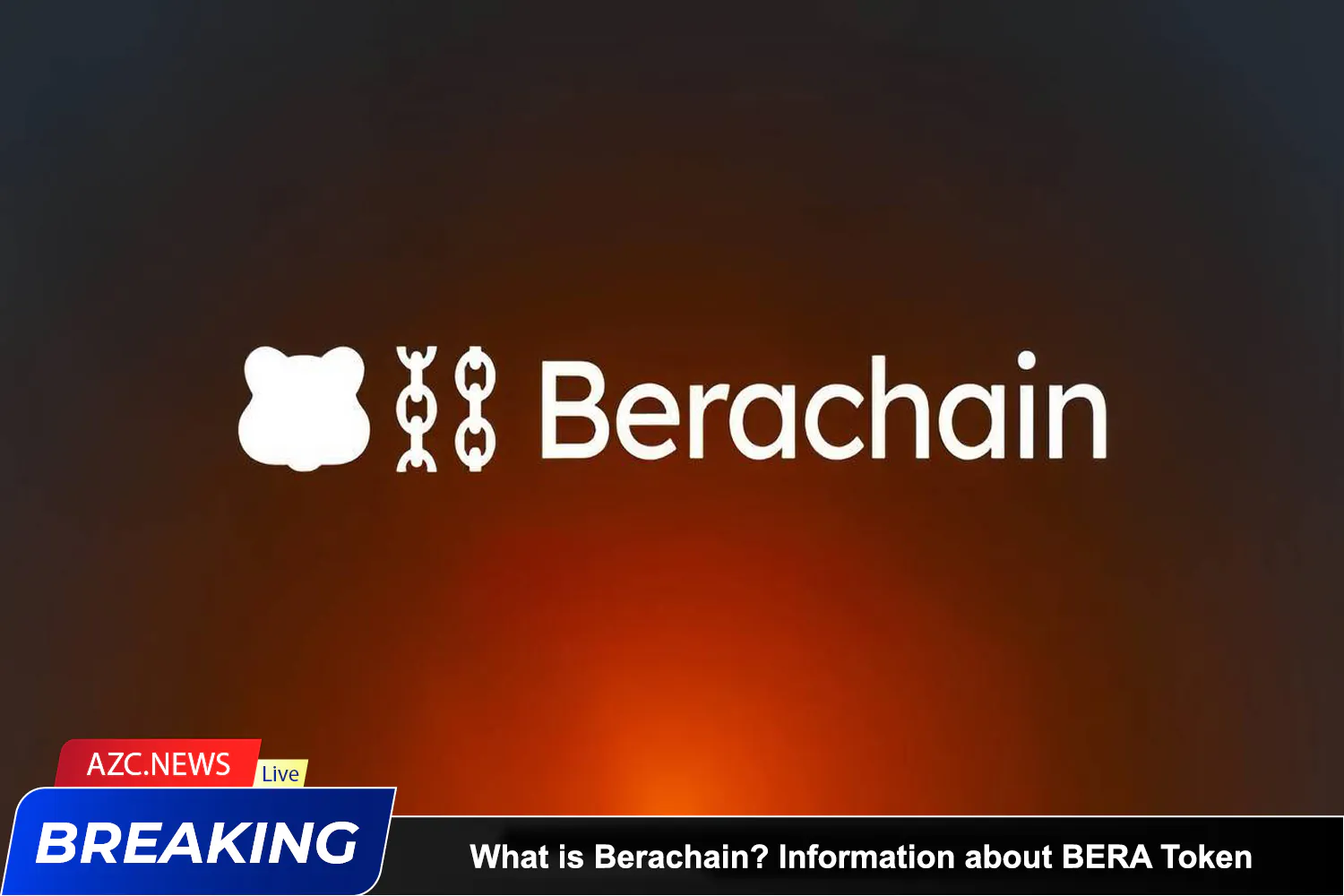Potential of Real World Assets
There are numerous advantages to tokenizing real world assets, and it’s unsurprising that the Boston Consulting Group recently made a conservative estimate, suggesting that the total value of real-world assets, which are not easily converted into cash and are tokenized, could reach $16.1 trillion by the end of this decade.
However, the transition to the “token era” also poses several challenging questions for forward-thinking companies. Among the benefits of tokenizing real-world assets, a significant challenge emerges: How can users assess the quality and reliability of token issuers and projects?
Additionally, there are several challenges that Real World Assets must confront.
Challenges of Real World Assets
In the absence of a dependable mechanism to authenticate token issuers and assess the viability of their projects, investors can easily become targets of fraudulent schemes or engage in unwise, high-risk activities. The lack of transparency in the fundraising process only compounds these concerns.
Related: What is Real World Assets (RWA)? Top 5 Outstanding Projects
As a result, prospective investors may harbor reservations about participating in investment opportunities or token trading, impeding the growth and potential of a blockchain-based economy.
Here are six challenges that Real World Assets face:
Uncertainty: One of the primary obstacles for many financial institutions looking to tokenize assets, particularly on public blockchains, is the lack of regulatory clarity.
Disparities: Certain jurisdictions like the EU, Switzerland, the UK, and Japan have made substantial strides in creating transparent regulatory frameworks. However, in other legal jurisdictions, such as the United States, the process is still ongoing.
Permissions: In order to comply with current and forthcoming financial regulations related to public blockchains and asset tokens, token issuers often need to incorporate permissions by implementing KYC/AML checks (such as during issuance/redemption or at the time of transfer), which is different from the standard regulations in DeFi.
Identity: The necessity for detailed permission control necessitates robust solutions for verifying user identities and assessing their risk profiles. Decentralized Identifiers (DIDs) and other privacy-preserving identity solutions are essential prerequisites for most organizations entering the RWA token space.
Connectivity: The multi-chain ecosystem continues to expand, leading to an increasing number of chains that organizations must connect to in order to access/issue RWAs.
Solutions like the Cross-Chain Interoperability Protocol (CCIP) not only enable organizations to connect their existing backend systems to the blockchain but also facilitate cross-chain RWA transactions.
Proof of Reserves: As RWA represents off-chain assets, DeFi applications possess limited knowledge of their real collateral. Oracle solutions such as Chainlink’s Proof of Reserves address this issue by supplying on-chain collateral data (e.g., TrueUSD).
Conclusion
Digital assets aren’t the sole candidates for tokenization. Picture transforming tangible assets like real estate, fine art, precious metals, and even top-tier whiskey into tokens! As the world gazes into the future, tokenization holds the potential to enable developers to unlock a realm of products, services, and DApps that could profoundly redefine people’s everyday experiences.
However, despite the immense promise that Real World Assets hold, it’s undeniable that challenges in this domain remain substantial. Should these hurdles be surmounted, the Real World Asset sector has the potential to experience rapid growth and reshape the entire cryptocurrency industry.
 OMN
OMN  BTC
BTC  ETH
ETH  USDT
USDT  XRP
XRP  BNB
BNB  SOL
SOL  USDC
USDC  TRX
TRX  DOGE
DOGE 





